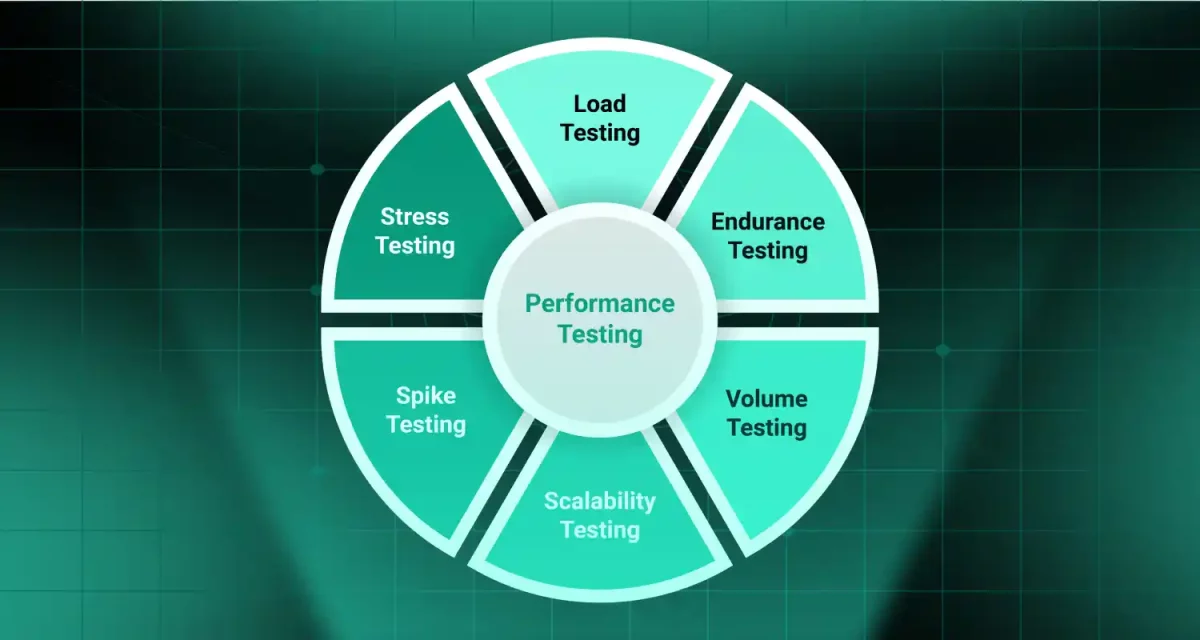
Mobile app development doesn’t stop once an app is launched. In fact, that’s just the beginning. To ensure a mobile app remains functional, secure, and engaging, regular maintenance is crucial. Without it, even the best apps can quickly become outdated or vulnerable.
Many businesses, especially startups and growing tech companies, often ask an important question: how much does app maintenance cost? Understanding the true costs and the value of app maintenance is essential for making smart, strategic decisions about your product’s future.
1. Why maintaining and updating mobile apps matter?

Keeping an app up-to-date is more than just fixing bugs—it’s about improving user satisfaction, ensuring security, and staying competitive. Let’s dive into the key reasons why regular maintenance is essential.
Read more >>> Real Estate App Development Cost Breakdown: What You Need to Know?
1.1. The impact of regular updates on user experience
Frequent updates play a major role in user satisfaction. When an app consistently improves with new features or smoother functionality, users are more likely to stay engaged. User retention strategies heavily rely on these updates to keep users loyal and active.
On the flip side, neglecting updates can cause users to lose interest or switch to competitors who offer a better experience. Updates show that a business cares about its users, listens to feedback, and is committed to providing value.
1.2. Security and compliance considerations
Security threats evolve quickly. Without regular maintenance, apps become easy targets for hackers. Updating your app is necessary to fix vulnerabilities, comply with new regulations, and protect user data. This is a core part of app lifecycle management.
Whether your app is available on the Apple App Store or the Google Play Store, staying compliant with platform requirements is non-negotiable. Regular updates ensure that your app meets the latest security standards and avoids penalties or removal from app stores.
1.3. Staying competitive in a fast-paced market
The tech world moves fast. New operating systems, devices, and user expectations are constantly emerging. If your app doesn’t adapt, it risks falling behind.
Ongoing maintenance keeps your app aligned with the latest trends and technology. It also supports your marketing efforts by showing that your product is fresh and trustworthy. Whether you’re using cross-platform tools like Flutter or React Native, regular updates are necessary to stay ahead of the competition and meet evolving user needs.
Read more >>> How Much Does Fintech App Development Cost in 2025?
2. Types of mobile app maintenance

Each type plays a unique role in keeping an app healthy, secure, and competitive. Understanding these types helps when discussing options with app maintenance service providers.
2.1. Corrective maintenance: fixing bugs
Bugs are inevitable. Corrective maintenance focuses on finding and fixing errors that affect the app’s functionality or performance. Whether it’s a glitch that causes crashes or a UI issue that frustrates users, timely fixes are essential for keeping the app experience smooth and reliable.
2.2. Preventive maintenance: avoiding future issues
Preventive maintenance is all about staying ahead. By monitoring the app regularly and identifying potential problems early, businesses can avoid bigger issues down the road. Many app maintenance services offer preventive measures like code reviews, security patches, and performance audits to ensure the app runs optimally over time.
2.3. Adaptive maintenance: ensuring compatibility with new OS versions
Technology changes fast. Adaptive maintenance ensures that your app stays compatible with updates from platforms like the Apple App Store and Google Play Store. It also covers adjustments needed for new devices, screen sizes, and operating systems. Without it, an app might quickly become outdated or non-functional on users’ devices.
2.4. Perfective maintenance: enhancing features and performance
Perfective maintenance focuses on improving the app after it’s already live. This can include adding new features, improving the user interface, or boosting speed and reliability. It’s a key part of app performance optimization, ensuring the app remains competitive and meets evolving user expectations.
2.5. Emergency maintenance: addressing critical issues
Sometimes, unexpected problems happen. Emergency maintenance deals with urgent issues that can seriously affect app functionality or user security. Whether it’s a sudden server failure or a major security breach, fast action is crucial to protect users and maintain trust.
Read more >>> How Much Does It Cost to Develop A Healthcare App?
3. How much does app maintenance cost?

The answer can vary depending on the size, complexity, and specific needs of the app. Let’s explore key factors that shape mobile app maintenance cost and app maintenance pricing.
3.1. Industry benchmarks and averages
The average monthly cost to maintain a mobile app usually falls between 15% to 20% of the initial development cost per year. For example, if building an app cost $100,000, the annual maintenance could range from $15,000 to $20,000.
In general, businesses can expect to spend anywhere from $500 to $5,000 per month depending on the app’s scale and required services. Simple apps with few updates might stay at the lower end, while complex, high-traffic apps need a bigger monthly budget.
3.2. Cost breakdown by maintenance type
Each type of maintenance contributes differently to the total app maintenance pricing.
- Corrective maintenance can be relatively low-cost if bugs are minimal.
- Preventive maintenance may require scheduled monitoring, adding to monthly services.
- Adaptive maintenance can become expensive, especially when major OS updates are rolled out.
- Perfective maintenance costs depend on the scope of improvements for app performance optimization.
- Emergency maintenance may carry premium charges due to the urgent nature of the work.
By understanding these areas, businesses can better estimate their mobile app maintenance cost.
3.3. Factors influencing maintenance costs
Several important factors affect the mobile app maintenance cost:
- App complexity and features: The more features and integrations an app has, the more time and resources maintenance will require.
- Frequency of updates: The mobile app updates cost rises with the need for frequent new releases.
- Number of platforms: Supporting multiple operating systems and using cross-platform tools like Flutter or React Native can impact pricing.
- Integration with third-party services: Apps relying on multiple external APIs may face higher maintenance needs.
- Security requirements: High-security apps, such as those handling payments or personal data, require ongoing updates to maintain protection.
- Quality of initial development: Well-built apps from the start are easier and cheaper to maintain over time.
Knowing these factors helps businesses plan ahead and make smarter budgeting decisions for their app’s future.
Read more >>> How Much Does It Cost to Make a Dating App in 2025?
4. Benefits of mobile app maintenance

Regular upkeep isn’t just about fixing issues—it’s a smart investment that can boost engagement, performance, and profitability over time.
4.1. Enhanced user engagement and retention
Keeping an app updated directly improves the user experience. New features, faster loading times, and smooth navigation make users stay longer and use the app more often. Effective user retention strategies depend on regular updates that respond to user feedback and industry trends.
When users see that an app is consistently improving, they’re more likely to remain loyal, leave positive reviews, and even recommend it to others. Maintenance helps build a lasting relationship between the app and its users.
4.2. Improved app performance and stability
A big part of maintenance is app performance optimization. Apps that run faster, crash less, and adapt to new devices or operating systems perform better across the board.
Whether it’s through small bug fixes, code refactoring, or adapting to new hardware, optimizing performance ensures that users have a seamless experience. And in today’s competitive market, performance can be the difference between gaining or losing users.
4.3. Long-term cost savings and ROI
Some businesses hesitate to invest in maintenance, thinking it saves money. In reality, skipping regular updates often leads to bigger problems and higher costs later.
Regular maintenance prevents costly emergencies, reduces downtime, and extends the lifespan of the app. Plus, a well-maintained app continues to generate revenue, improve customer loyalty, and deliver better returns on the original investment.
5. Conclusion
So, how much does it cost to maintain an app? The answer depends on many factors, but one thing is clear: maintenance is not optional. Budgeting for mobile app maintenance cost is essential for any business that wants to stay competitive, protect its users, and grow over time.




